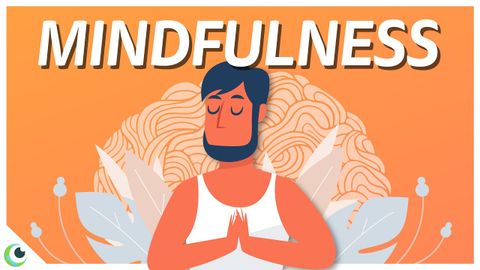MINDFULNESS - あなたの脳の中で今日からできる驚くべき変化。 (MINDFULNESS - The amazing changes you can make TODAY in your brain.)
Summer が 2021 年 01 月 14 日 に投稿  この条件に一致する単語はありません
この条件に一致する単語はありませんUS /ˌɪndəˈvɪdʒuəl/
・
UK /ˌɪndɪˈvɪdʒuəl/
- n. (c.)個人;個々の項目;個体;個人競技
- adj.個人用の;個人の;個々の;独特の
US /ˌmɛdɪˈteʃən/
・
UK /ˌmedɪ'teɪʃn/
- n. (c./u.)瞑想;瞑想;熟考;黙想;誘導瞑想
US /ˈtrɪɡɚ/
・
UK /'trɪɡə(r)/
- n.引き金;事を開始する装置;きっかけ;トラウマの引き金;トリガー (電子工学);トリガー (コンピュータ);トリガー (釣り)
- v.t.引き起こす;引き起こす;反射を引き起こす
エネルギーを使用
すべての単語を解除
発音・解説・フィルター機能を解除

